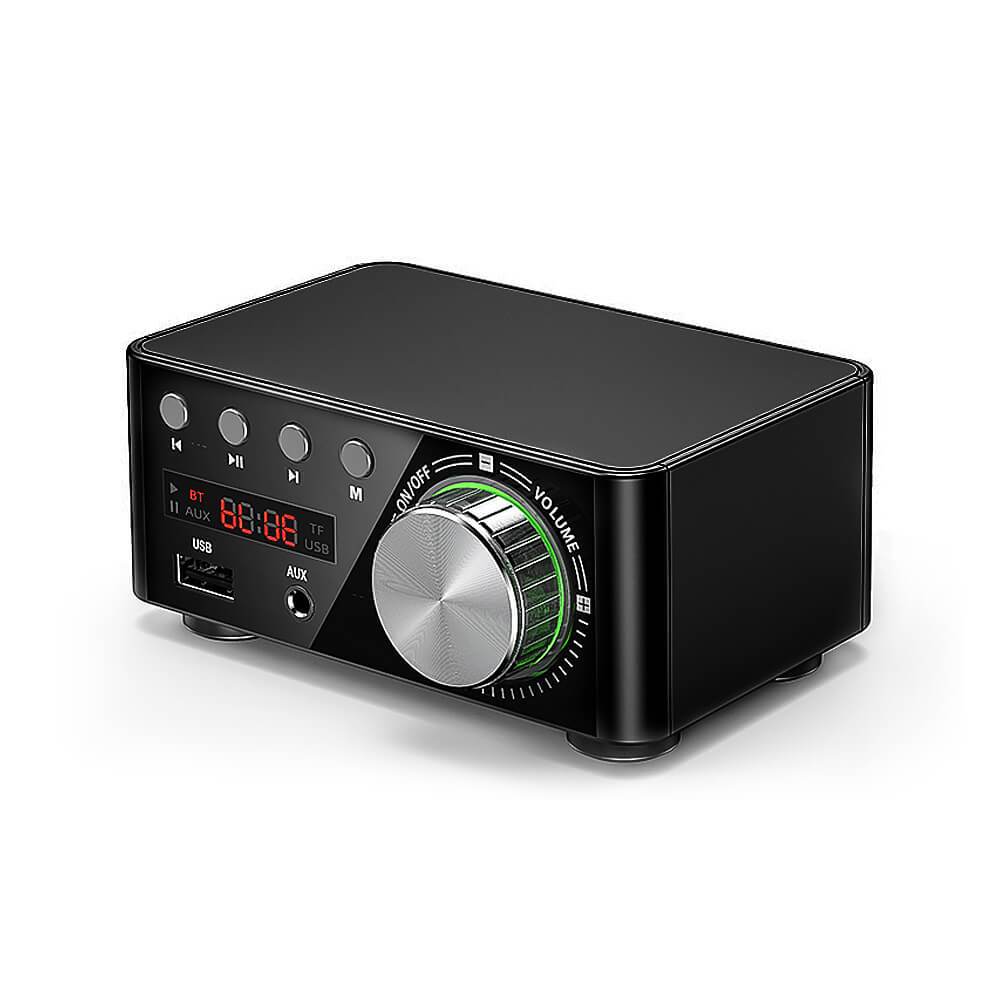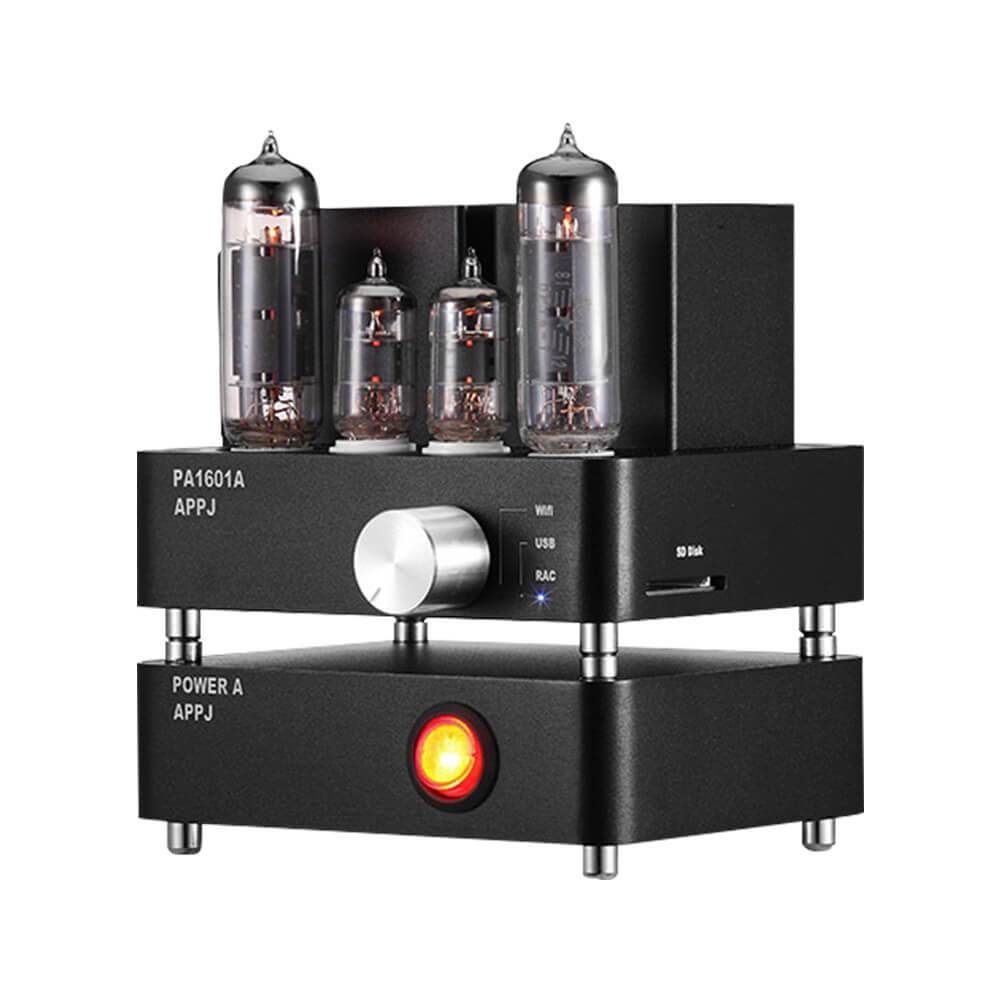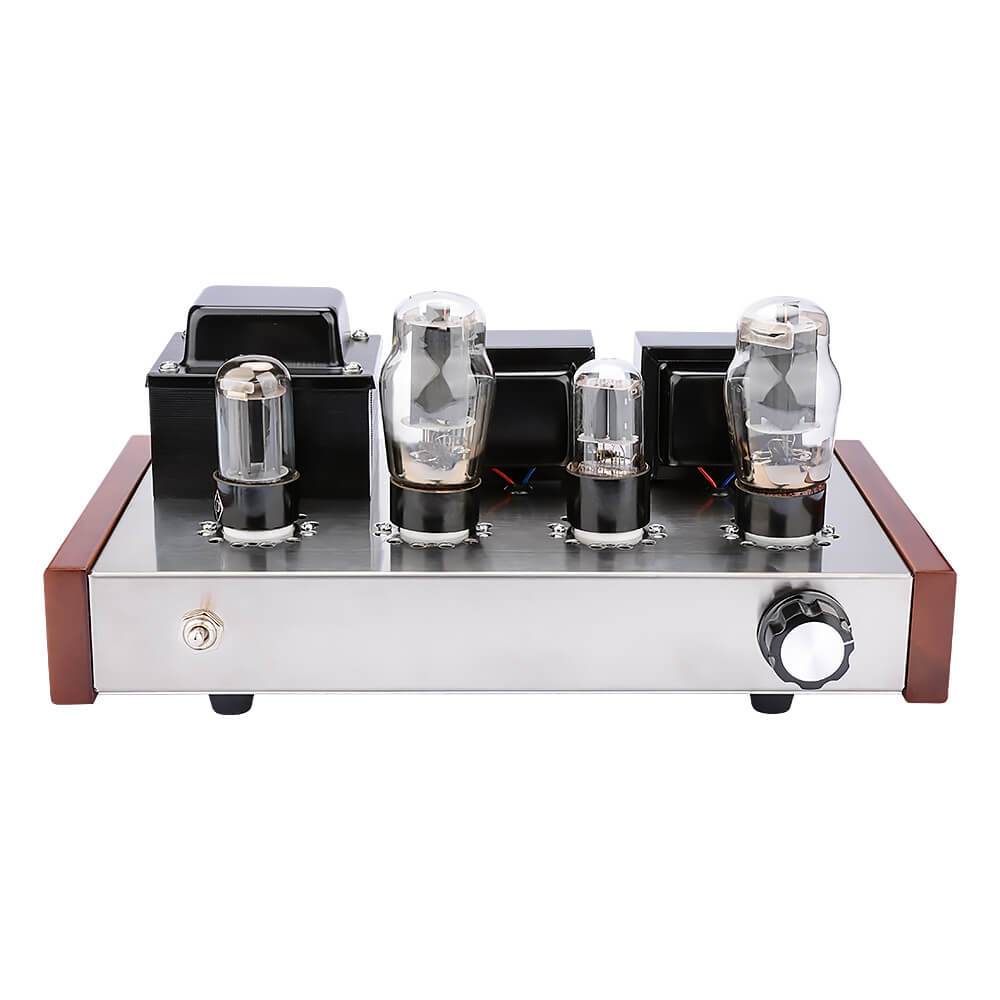What does the post amplifier mean? Back-stage power amplifier, commonly known as pure back-stage, is simply a device that amplifies the "front-stage" audio signal to provide sufficient power to drive the speaker sound (always connected in front of the speaker). So what is the "preamp" mentioned here? It is a device that provides appropriate audio level signals and adjusts the sound quality (commonly known as preamplifier, connected between the audio source and power amplifier).
How to connect the post amplifier
The pre-amplifier is generally connected to a pure post-stage power amplifier. The front-stage output is connected to the input of the post stage, and the post stage is connected to the speaker. The preamp is to amplify the voltage, and the pure post-stage power amplifier is to amplify the current. The preamp is the linking device between various audio source equipment and power amplifier. The output signal level of the audio source equipment is relatively low, which cannot promote the normal operation of the power amplifier. The preamplifier plays the role of signal amplification.

Features of the post amplifier
The input signal of the post stage is very simple, that is, it accepts the output of the previous stage. But the load of the post stage is the speaker, which is what makes many audio fans and even magazine review writers confused. The post stage is the front stage load, which is a high impedance load; the horn is the post stage load, which is a low impedance load. It looks almost the same, only one word apart, but the high or low impedance makes it easy to push or not move. The current stage is connected to a high-impedance post stage, which mainly provides a suitable output voltage because the post stage amplifier.
Summary:
Amplifiers are generally divided into front-stage amplifiers, post-stage amplifiers, and merged-stage amplifiers. The merger machine combines the front-stage and post-stage machines into one. The front stage is used to preliminarily amplify the signal and adjust the volume; the latter stage is to amplify the signal from the pre-stage to a large extent to promote the speaker. Usually we use the pre-stage and post-stage together, so which is better than the merge stage? If the price is similar, personally recommend the combination of the front level + the back level, instead of choosing the merge level.
Focus on Audio





Leave a comment
This site is protected by hCaptcha and the hCaptcha Privacy Policy and Terms of Service apply.